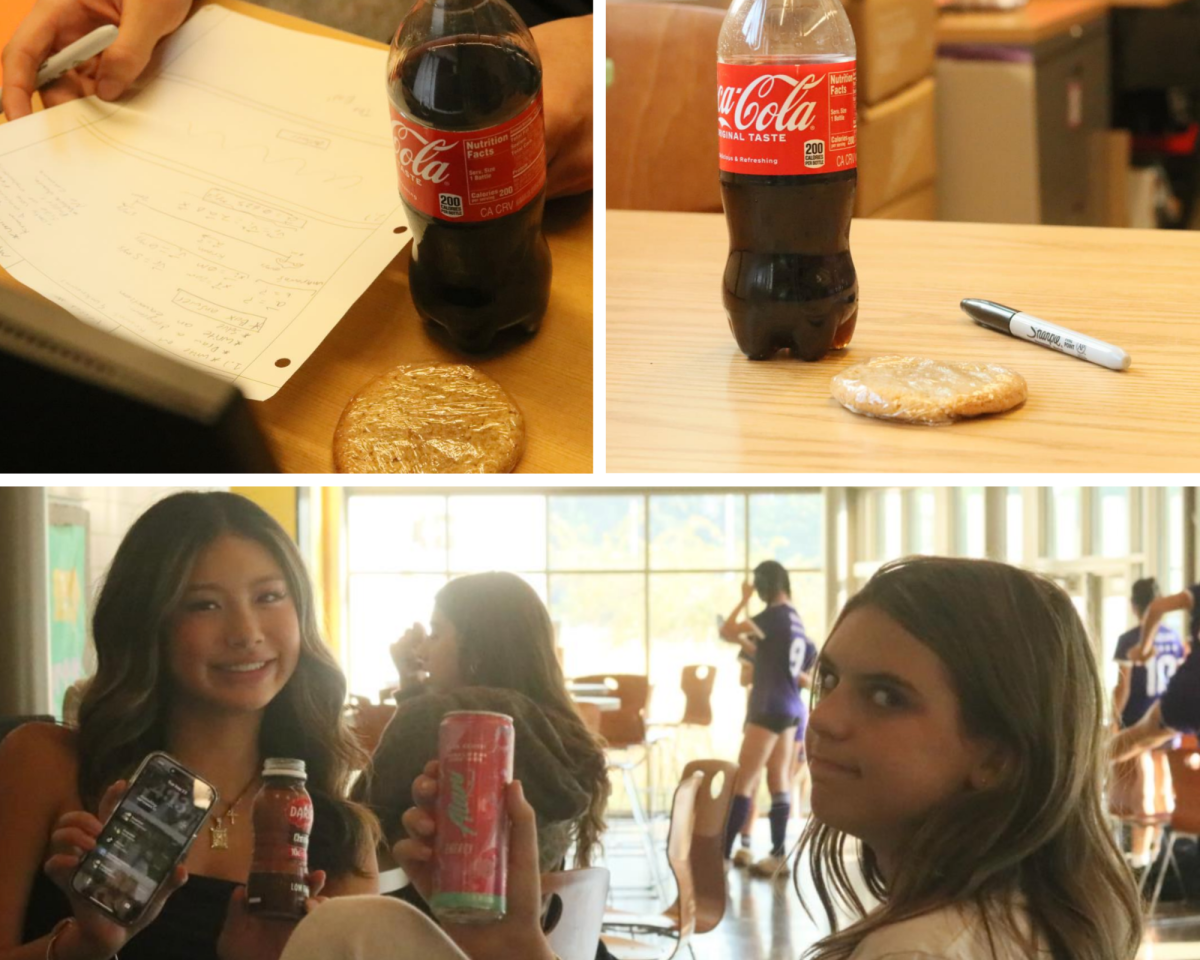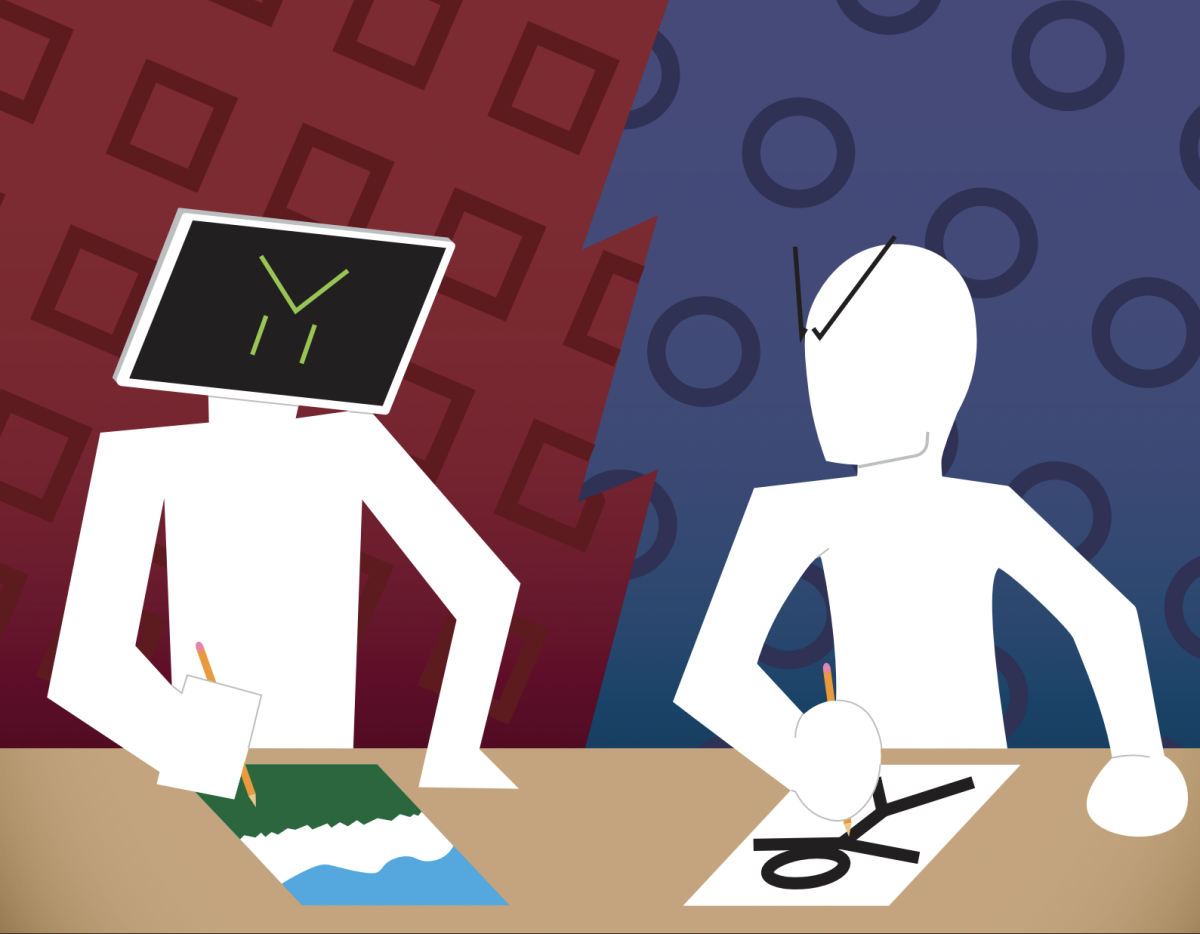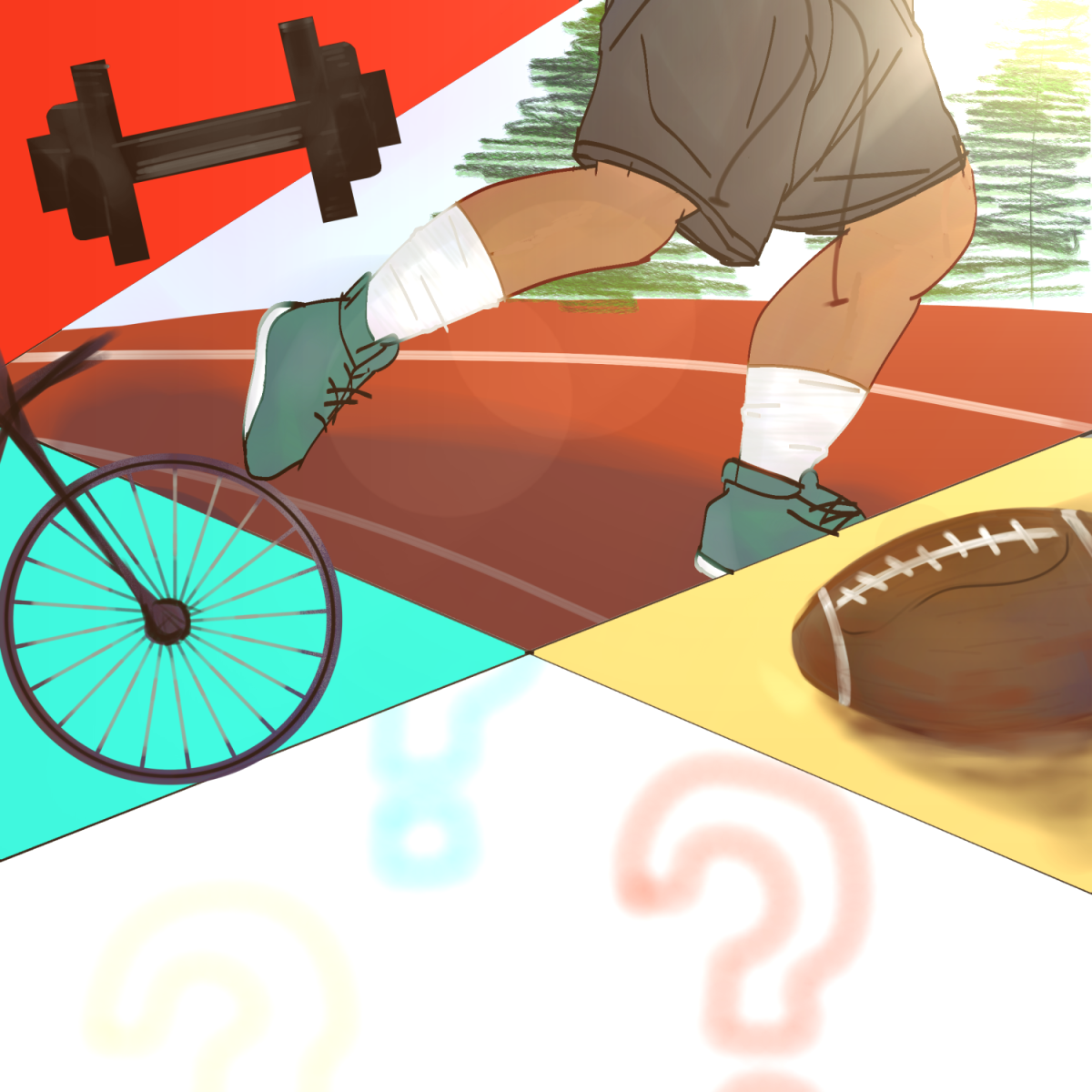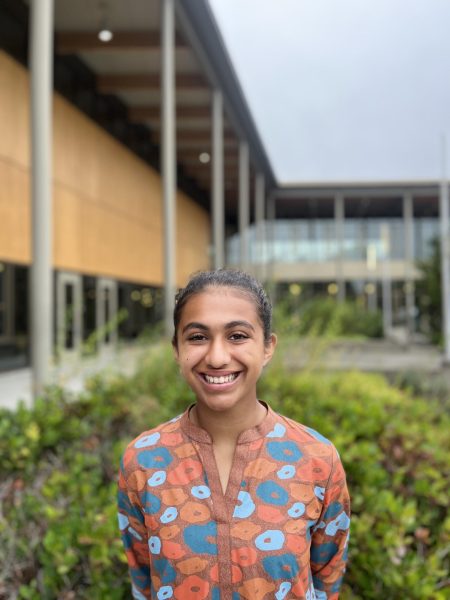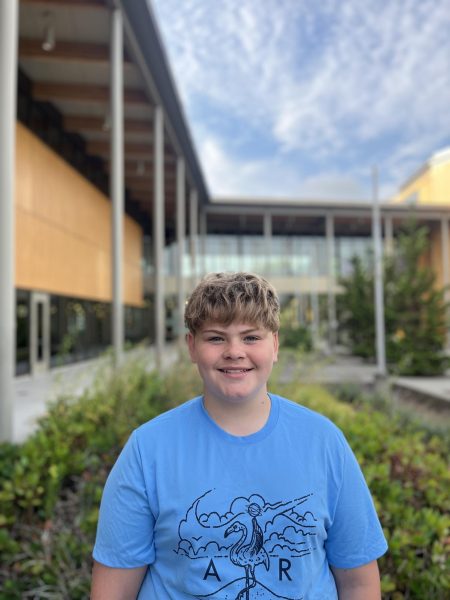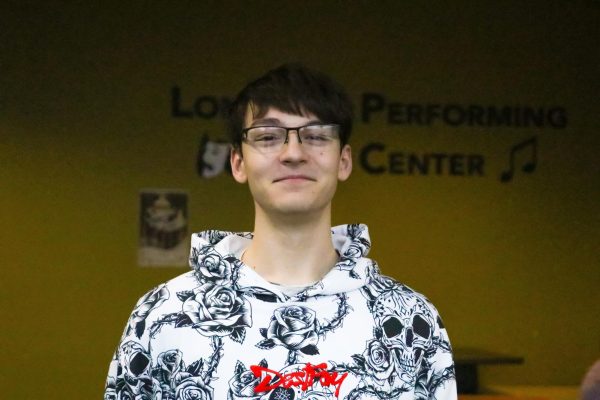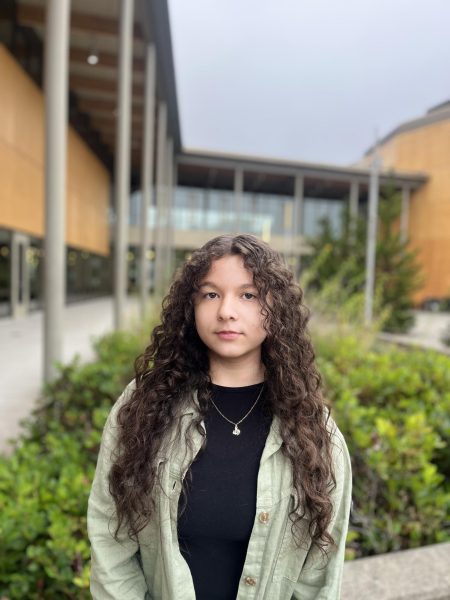After many hours learning in the classroom, the bell finally rings. Students fill the halls, rushing down the stairs, only thinking about the melty cheese on their pizzas and the crispy chicken nuggets. Yet when they finally arrive at the dining hall, the lunch line is already out the door. Approximately 63% of public-school students eat school lunch. So we sought to find out what these schools offer, and how it compares to private school lunches. The schools we interviewed include IHS, Skyline, Eastside Catholic, and Seattle Academy of Arts and Sciences (SAAS).
A big difference between private and public-school lunches lies in the quality and offerings of the meals served. Public schools rely on the federal government to fund school lunches which can lead to a tight budget. This results in prepackaged and frozen foods. As prepackaged foods work better in such high quantities, they are often unhealthy and contain artificial ingredients.
Whereas private schools can set their own standards for meal offerings. According to Ordo, with more adaptable budgets, private schools often have fresher lunches and sometimes they go as far to hire chefs to prepare school meals. Private schools are able to use more local ingredients in their food. Some private schools work with local farms to offer more organic food choices. This often results in private school lunches being more healthy and more accessible to students with dietary restrictions. In comparison, public schools usually have to follow federal guidelines, and work within few choices, making it harder to meet a wide range of needs. The outcome is a clear gap in the variety and quality of the meals served to students.
So why are school lunches so important to students’ health? According to the Food Research and Action Center, school lunches can affect a student’s well-being by influencing the risk of obesity and chronic diseases while also affecting students’ mood, anxiety, and focus. Lunches full of nutritional value give students the fuel they need, to focus better on class, and to be in peak mental and physical condition to learn. Overall, these factors can shape a student’s academic behavior and success in school.
Here is a look at how IHS and Skyline school lunches compared to SAAS and Eastlake Catholic. At IHS and Skyline, both public schools in the Issaquah School District, lunch costs about four dollars each, and ranges from sandwiches, burgers, chicken nuggets, pizza, salads, teriyaki chicken, tacos, and many other condiments to choose from. Though, students might not always get a fully balanced meal, during lunchtime, because of the quality and the resources. At Eastlake Catholic, a private school in Sammamish, junior Lucia Neil says “Most people just bring lunch or leave campus. The cafeteria is not super used.” In contrast, at SAAS, a private arts school in Seattle, lunch costs about 11 dollars each, ranging from chicken, pizzas, salads, burgers, chicken noodle soup, pasta, sushi, dumplings, quesadillas, and many more options. SAAS offers a wide variety of foods that are pricey, but they have more diverse choices to choose from. This gap in funding can also affect the training of the cafeteria staff, which can affect the quality of the meals they serve, which affects students’ well-being.
Diverse student voices across different schools highlight the lunch quality and how it can be made better. At IHS, freshman Deanna Huang says, “I wish for more healthy options and better-quality food.” Whereas, at Skyline, freshman Winter Smolin also wants better quality food but stresses that she hopes that the food can be more filling. Both freshmen from public schools said about the same thing: wanting better quality food. Even the kitchen manager, Marinnel Santor at IHS agrees, saying “[It is not] great [food] but pretty much works out since we are serving balanced nutrition.” However, she does note that school lunches at IHS do not meet restaurant qualities. In comparison, at SAAS, junior Tarana Bindal expresses excitement about her school lunch: “I have so many favorite lunch options.” This gap shows how schools’ funding and resources impact how the students feel about the food they eat.
Despite school lunches having a goal to offer students nutritional value and help maintain their health, the notable differences in private school and public-school food show an inequality between systems. The discrepancy is fueled by the difference in funding and ability to allocate resources to the schools’ needs. This funding gap means that private schools can have the freedom to focus on the taste and nutrition, while public schools are forced to focus on the cost over the quality. These differences can affect a student’s well-being and their academic success. Understanding these differences emphasizes how school resources and policies can influence students’ daily meals and overall well-being.



